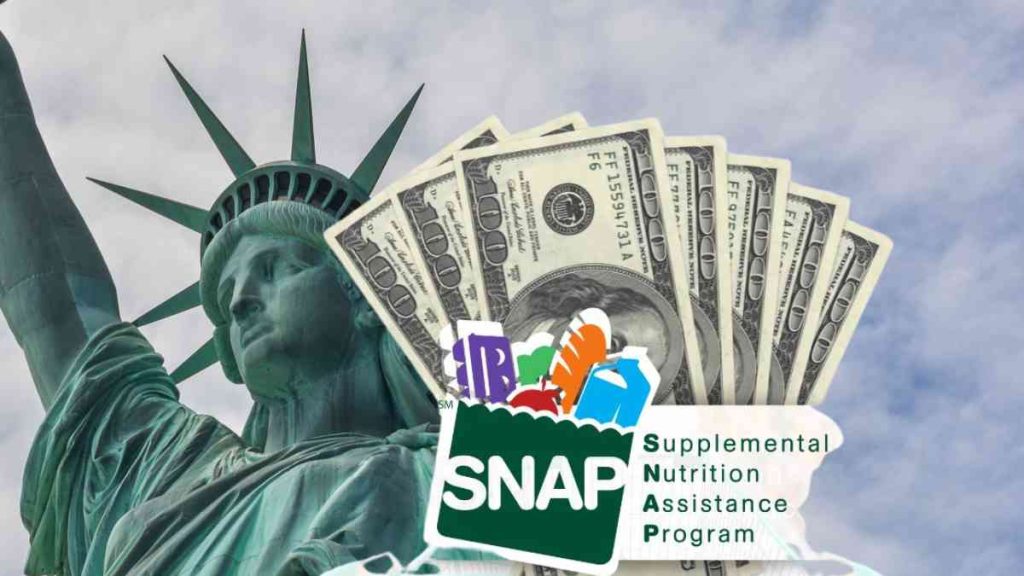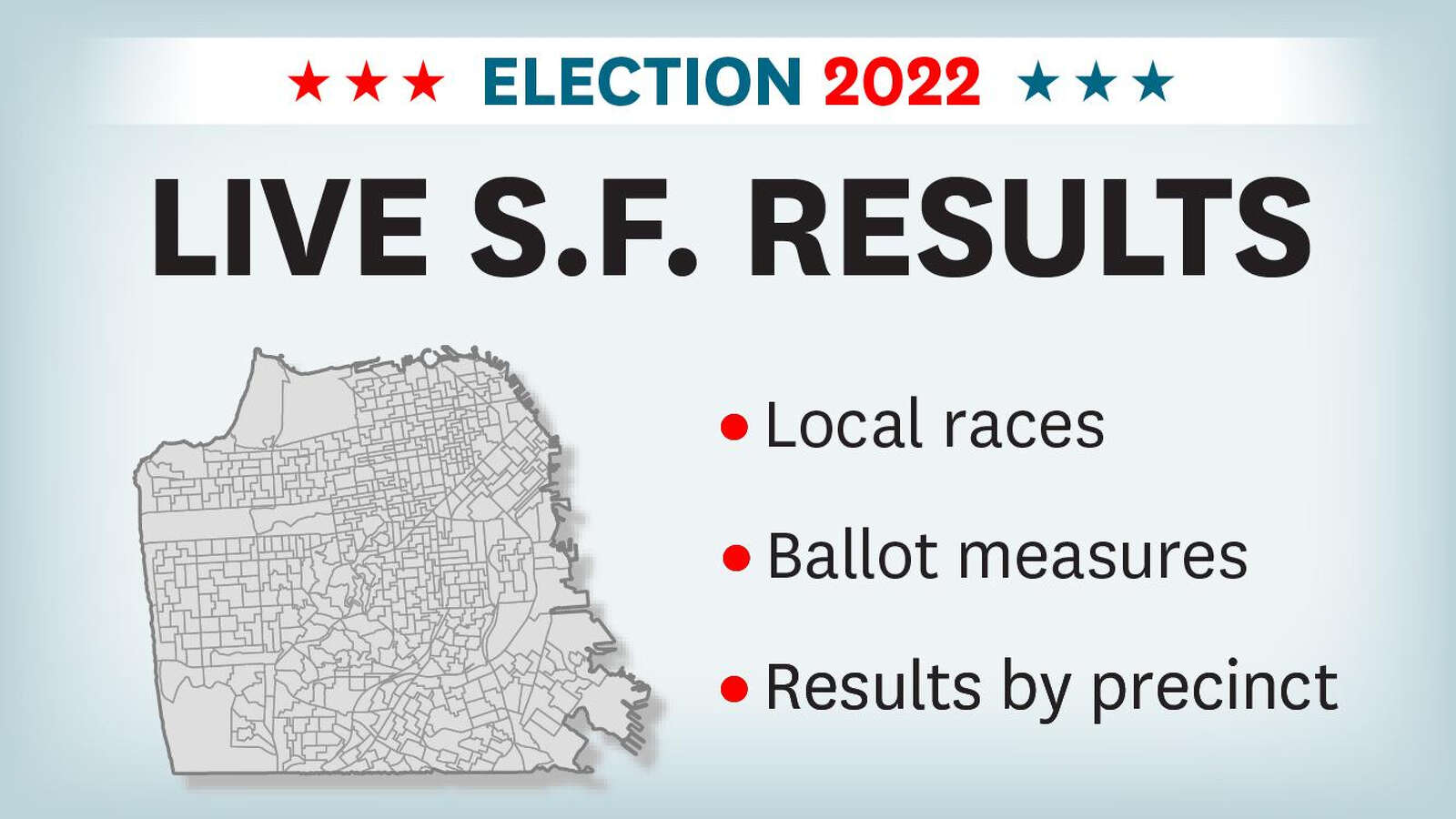Report on the Supplemental Nutrition Assistance Program (SNAP) and its Alignment with Sustainable Development Goals
Introduction: SNAP as a Tool for Achieving the SDGs
The Supplemental Nutrition Assistance Program (SNAP) is a key federal initiative designed to provide food-purchasing assistance for low-income individuals and families. The program’s core mission directly aligns with several United Nations Sustainable Development Goals (SDGs), primarily focusing on eradicating poverty and hunger. By providing electronic benefits for purchasing nutritious food, SNAP serves as a critical mechanism for advancing SDG 1 (No Poverty) and SDG 2 (Zero Hunger). It ensures that vulnerable populations, including working families, senior citizens, and individuals with disabilities, have access to basic nutritional resources, thereby reducing inequality and promoting well-being.
Program Benefits: Advancing SDG 2 (Zero Hunger) and SDG 3 (Good Health and Well-being)
SNAP benefits are instrumental in achieving SDG 2: Zero Hunger by enabling participants to purchase healthy food and improve food security. The program also supports SDG 3 (Good Health and Well-being) by facilitating access to nutritious food, which is fundamental for a healthy life.
- Benefit Delivery: Benefits are distributed via an Electronic Benefits Transfer (EBT) card, which functions like a debit card at authorized retail food stores. This modern and discreet system ensures efficient delivery of aid.
- Online Purchasing: A USDA pilot program allows participants to use their benefits to order nutritious food online from participating stores in New York State, increasing accessibility.
- Benefit Allotments: Monthly benefit amounts are determined by household size to adequately meet nutritional needs.
Maximum SNAP Benefit Allowances (Effective October 1, 2025)
The maximum allotments are designed to provide substantial support, directly contributing to the goal of ending hunger.
- Household Size 1: $298
- Household Size 2: $546
- Household Size 3: $785
- Household Size 4: $994
- Household Size 5: $1,183
- Household Size 6: $1,421
- Household Size 7: $1,571
- Household Size 8: $1,789
- Each additional member: +$218
Note: The final benefit amount is calculated based on a household’s specific financial circumstances and may be less than the maximum.
Eligibility Criteria: Targeting SDG 1 (No Poverty) and SDG 10 (Reduced Inequalities)
The eligibility framework for SNAP is structured to identify and assist households experiencing poverty, directly supporting the objectives of SDG 1 (No Poverty). By establishing clear income guidelines, the program ensures that aid is directed to those most in need, a key strategy for fulfilling SDG 10 (Reduced Inequalities).
Eligibility is primarily based on gross and net income relative to household size. The only definitive way to determine eligibility is to complete an application. Most households are not subject to a savings/resource test, removing a significant barrier to access for those with modest assets.
Income Guidelines (Effective October 1, 2025)
The following tables outline the gross monthly and annual income thresholds for eligibility consideration. These thresholds are differentiated to account for various household compositions, including those with earned income or members who are older adults or have disabilities, further reinforcing the program’s commitment to reducing inequalities (SDG 10).
- Households without Earned Income: Targets individuals who may be unemployed or outside the workforce.
- Households with Earned Income: Supports low-income working families, ensuring that employment does not preclude necessary assistance.
- Households with an Older Adult or Disabled Member: Provides higher income limits for vulnerable populations, acknowledging their unique economic challenges.
Special Eligibility for College Students
To ensure that higher education does not lead to food insecurity, specific criteria allow college students to access SNAP. This provision supports SDG 4 (Quality Education) by removing a key barrier to academic success. A student attending college at least half-time must meet income requirements and one of the following criteria:
- Be under age 19 or over age 50.
- Have a physical or mental disability.
- Work at least 20 hours per week or participate in a work-study program.
- Care for a young child.
- Receive Temporary Assistance for Needy Families (TANF).
- Be enrolled in a qualifying career, technical, or remedial education program.
Recertification Process
To ensure the continued and uninterrupted support crucial for long-term progress on the SDGs, beneficiaries must periodically recertify their eligibility. The process is designed to be accessible and can be completed without an in-person visit.
- Submit Application: A recertification application must be submitted online, by mail, fax, or in person.
- Complete Interview: An interview must be conducted after the application is submitted.
- Provide Documentation: Additional documents may be requested to verify income or other circumstances.
Commitment to Non-Discrimination and SDG 10 (Reduced Inequalities)
In direct alignment with SDG 10: Reduced Inequalities, the SNAP program operates under a strict non-discrimination policy. In accordance with federal civil rights law, the institution is prohibited from discriminating on the basis of race, color, national origin, sex (including gender identity and sexual orientation), religious creed, disability, age, political beliefs, or retaliation for prior civil rights activity. This policy ensures equitable access to nutritional support for all eligible individuals, reinforcing the principle of leaving no one behind.
Accommodations are available for persons with disabilities and information can be provided in languages other than English. This commitment to inclusivity is fundamental to reducing the systemic inequalities that drive poverty and hunger.
Contact Information
For further information regarding the SNAP program, individuals may contact their local department of social services or call the OTDA Hotline at 1-800-342-3009.
SDGs, Targets, and Indicators Analysis
1. Which SDGs are addressed or connected to the issues highlighted in the article?
-
SDG 1: No Poverty
The article directly addresses poverty by describing the Supplemental Nutrition Assistance Program (SNAP) as a social protection system for “low-income working people, senior citizens, the disabled and others.” It provides detailed income eligibility guidelines, demonstrating its focus on alleviating economic hardship for the poor and vulnerable.
-
SDG 2: Zero Hunger
This is the central theme of the article. The purpose of SNAP is to “end hunger and ensure access by all people… to safe, nutritious and sufficient food.” The program provides electronic benefits that “can be used like cash to purchase food” and helps beneficiaries “put healthy food on the table,” directly tackling food insecurity.
-
SDG 10: Reduced Inequalities
The article emphasizes equality and non-discrimination. It includes a detailed “Nondiscrimination Statement” prohibiting discrimination based on “race, color, national origin, sex (including gender identity and sexual orientation), religious creed, disability, age, political beliefs…” It also outlines specific eligibility criteria for vulnerable groups such as older adults, disabled individuals, and college students, promoting their inclusion.
2. What specific targets under those SDGs can be identified based on the article’s content?
-
Under SDG 1 (No Poverty):
- Target 1.3: Implement nationally appropriate social protection systems and measures for all, including floors, and by 2030 achieve substantial coverage of the poor and the vulnerable.
The entire SNAP program as described in the article is a social protection system. It provides financial assistance for food to low-income households, including specific provisions for seniors and disabled individuals, directly aligning with the goal of achieving substantial coverage for the poor and vulnerable.
- Target 1.3: Implement nationally appropriate social protection systems and measures for all, including floors, and by 2030 achieve substantial coverage of the poor and the vulnerable.
-
Under SDG 2 (Zero Hunger):
- Target 2.1: By 2030, end hunger and ensure access by all people, in particular the poor and people in vulnerable situations, including infants, to safe, nutritious and sufficient food all year round.
The article states that SNAP “helps low-income working people, senior citizens, the disabled and others feed their families.” By providing monthly benefits to purchase food, the program directly works to ensure year-round access to food for vulnerable populations.
- Target 2.1: By 2030, end hunger and ensure access by all people, in particular the poor and people in vulnerable situations, including infants, to safe, nutritious and sufficient food all year round.
-
Under SDG 10 (Reduced Inequalities):
- Target 10.2: By 2030, empower and promote the social, economic and political inclusion of all, irrespective of age, sex, disability, race, ethnicity, origin, religion or economic or other status.
The article’s Nondiscrimination Statement explicitly prohibits discrimination on numerous grounds, ensuring that the program is inclusive. It also provides specific eligibility pathways for students, older adults, and disabled persons, actively promoting their inclusion.
- Target 10.3: Ensure equal opportunity and reduce inequalities of outcome, including by eliminating discriminatory laws, policies and practices and promoting appropriate legislation, policies and action in this regard.
The article details a formal process for addressing discrimination by providing information on how to file a “USDA Program Discrimination Complaint Form (AD-3027).” This mechanism is a direct action to ensure equal opportunity and eliminate discriminatory practices within the program.
- Target 10.2: By 2030, empower and promote the social, economic and political inclusion of all, irrespective of age, sex, disability, race, ethnicity, origin, religion or economic or other status.
3. Are there any indicators mentioned or implied in the article that can be used to measure progress towards the identified targets?
-
For Target 1.3:
- Implied Indicator (related to 1.3.1): Proportion of the population covered by social protection systems.
The article provides extensive tables on “Income Guidelines” based on family size, earned/unearned income, and status (e.g., older adult or disabled member). These eligibility criteria and the number of people who apply and receive benefits based on these criteria serve as a direct measure of the program’s coverage of the poor and vulnerable.
- Implied Indicator (related to 1.3.1): Proportion of the population covered by social protection systems.
-
For Target 2.1:
- Implied Indicator (related to 2.1.2): Prevalence of food insecurity.
While not explicitly measuring food insecurity, the “Maximum SNAP Benefit Allowances” table, which lists monthly dollar amounts per household size, is a direct indicator of the level of assistance provided to combat hunger. The number of beneficiaries and the total value of benefits distributed can be used as proxy indicators for the effort to reduce food insecurity.
- Implied Indicator (related to 2.1.2): Prevalence of food insecurity.
-
For Target 10.3:
- Implied Indicator (related to 10.3.1): Proportion of population reporting discrimination.
The article provides a clear procedure to “file a program discrimination complaint” using a specific form (AD-3027) and provides mail, fax, and email contact information for submission. The number and nature of these complaints would be a direct indicator for measuring and addressing perceived discrimination within the program.
- Implied Indicator (related to 10.3.1): Proportion of population reporting discrimination.
4. Table of SDGs, Targets, and Indicators
| SDGs | Targets | Indicators (Mentioned or Implied in the Article) |
|---|---|---|
| SDG 1: No Poverty | 1.3: Implement nationally appropriate social protection systems…and achieve substantial coverage of the poor and the vulnerable. | The detailed income eligibility tables for different household types and sizes, which define coverage for this social protection program. |
| SDG 2: Zero Hunger | 2.1: End hunger and ensure access by all people, in particular the poor and people in vulnerable situations…to safe, nutritious and sufficient food. | The “Maximum SNAP Benefit Allowances” table, which quantifies the financial assistance provided to households to purchase food. |
| SDG 10: Reduced Inequalities | 10.2: Empower and promote the social…inclusion of all, irrespective of age, sex, disability, race, ethnicity… | The Nondiscrimination Statement and specific eligibility criteria for vulnerable groups (e.g., college students, older adults, disabled members). |
| 10.3: Ensure equal opportunity and reduce inequalities of outcome, including by eliminating discriminatory…policies and practices. | The established procedure for filing a “USDA Program Discrimination Complaint Form (AD-3027),” which provides a mechanism to report and address discrimination. |
Source: otda.ny.gov







